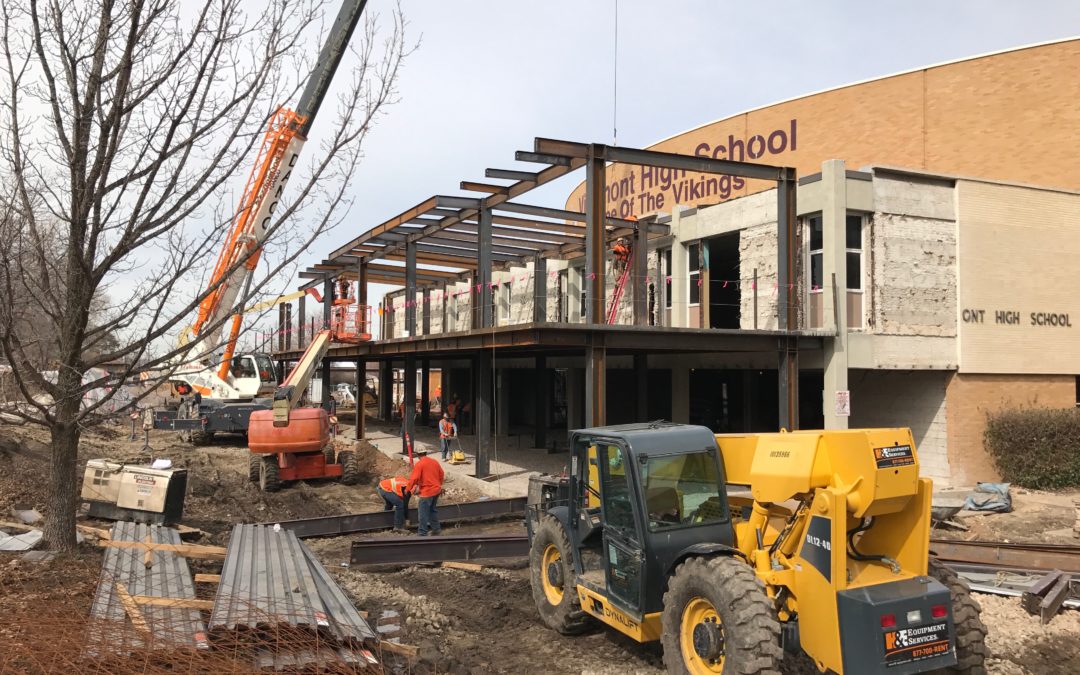In October, British Steel introduced their ‘Low-Carbon Roadmap’ demonstrating its dedication to long-term sustainable steelmaking and the supply of net-zero metal by 2050. It’s essential that the home part producer for the UK has issued this plan, which incorporates the constructing of an EAF plant and to facilitate carbon seize and storage for its BF-BOF vegetation by 2035.
Some purchasers are asking for his or her buildings to have EAF produced metal proper now, because of the fast embodied carbon argument. The drawback with this method is that it’s a native method, fairly than considering of how metal is produced globally. In the order of 99% of structural metal is already recovered within the UK for recycling or reuse, which is a good story for our materials. The draw back to that is that the full quantity of scrap out there now for EAF is just about at its most. So, if purchasers specify EAF fairly than BF-BOF, there’ll merely not be sufficient EAF metal to go round.
Globally, BF-BOF accounts for 73% of all steelmaking, so we’d like each routes of manufacture on the present time. This is why the targets are set for 2035 and 2050, because the business wants time to adapt in a financially secure method.
Sharp will increase in materials costs have already proved difficult for the metal development provide chain, and future power worth will increase are more likely to create additional issues with value plans for future initiatives. So, it’s important that any additional will increase to fund the transition to low-carbon steelmaking are properly thought out.
The embodied carbon in buildings is clearly essential in mild of the local weather emergency and the concept that a metal framed constructing have to be designed for absolute minimal weight to drive down the embodied carbon is an admirable purpose. But, the consequence of an absolute minimum-weight design method shall be more likely to produce designs that shall be extra pricey to construct, each when it comes to cash and carbon. The purpose for that is that minimum-weight design is more likely to result in complicated connection designs, which shall be time consuming to manufacture, and have elevated non permanent
works necessities. Sometimes, including a small share to the metal weight will give probably the most financial value for a sensible design incurring solely a nominal enhance in embodied carbon within the everlasting works of the constructing. Also, allowing for that almost all steel-framed buildings are designed for a 50-year lifespan, and that 99% of the structural metal will be reused or recycled at finish of life, is the nominal enhance in embodied carbon such a burden?
There are additionally carbon financial savings to be made by rising the reuse of the structural metal in buildings which might be because of be demolished, fairly than recycling it, and a few purchasers are transferring in that path. Again, that is doable, however for probably the most half that is value prohibitive nowadays. In the longer term although, I feel there shall be a time when value won’t be a difficulty for reusing metal. Recycling and reuse are basic to growing a sustainable round financial system, which is without doubt one of the “levers” in our personal UK Structural Steelwork: 2050 Decarbonisation Roadmap printed this
month. I’d encourage you to learn it, to have endurance through the transition and to trust that our metal development business, which is fiercely aggressive, will adapt accordingly.

